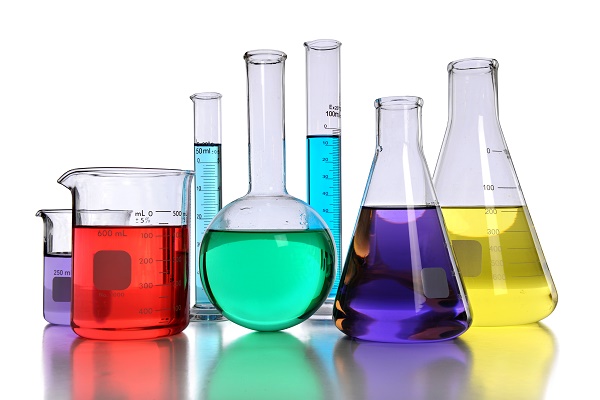In different Laboratories, measuring volumes is a task on a day-to-day basis. That is why it is so important to guarantee the long-term quality of the necessary instruments, for example, from the volumetric flasks to the stoppers in each analysis.
How is laboratory glassware divided?
On this occasion we will talk about the characteristics of the main glass materials used in laboratories. For its identification, it can be divided into different classes, according to its relevance:
High-risk material: It is the material that comes into contact with microbiological samples.
Basic glassware in the laboratory: Glassware has different properties, the choice of which depends on the purpose for which it is intended. Its main characteristic is its great stability.
Volumetric flasks, graduated cylinders and burettes made of borosilicate glass 3.3 is volumetric material that has excellent chemical and thermal resistance, which is reflected above all in the mechanical properties of these glass products. The particularly exact processing as well as the precise scaling allows an extremely precise determination and measurement of the volumes.
We must also consider that NOT all class A measures with the same precision since that precision will depend on the manufacturing standards under which said laboratory glassware is subject, and also on what type of volumetric instrument is being talked about.
It is used for the measurement and transfer of volumes; it is calibrated to be used in a certain way and at a set temperature. The calibration temperature is usually 20 °C. In this type of material, it is indicated if the container is to pour or to contain, as well as the temperature at which it has been calibrated.
Volumetric flask: Bulb-shaped vessels with a flat bottom and a long, narrow neck. They are used to prepare solutions or to specifically dilute to a fixed volume.
Pipettes: To transfer known volumes of liquids from one container to another. On the walls are written the capacity and the temperature at which it should be used. There are pipettes for measuring a fixed and unique volume. And the graduated pipettes that allow different volumes to be measured up to their maximum capacity.
Burette: They have, at the bottom, a frosted glass key; these keys are handled with the left hand, leaving the right hand to shake.
Most of the glassware and scientific apparatus/instruments from lab glassware manufacturers in the laboratory are made of quartz glass, such as test tubes, crucibles, beakers, etc. Because quartz glass has excellent properties, such as high temperature resistance, acid resistance, corrosion resistance, etc. It is the priority material in the laboratory.
Glass material cleaning
Low risk material will be washed after use with soap and water, with the help of scouring pads and/or brooms. Subsequently, it is rinsed with running water several times and finally, it is passed through distilled water, to avoid the deposit of residual salts, leaving it to dry in colanders or in an oven. The maintenance of the glass material is essential for its correct operation; one of the tasks is periodic cleaning.


More Stories
Depression Therapist who helps you regain joy in life
Third Party Manufacturing: A Comprehensive Guide
PCD Pharma Franchise: A Comprehensive Guide for Entrepreneurs